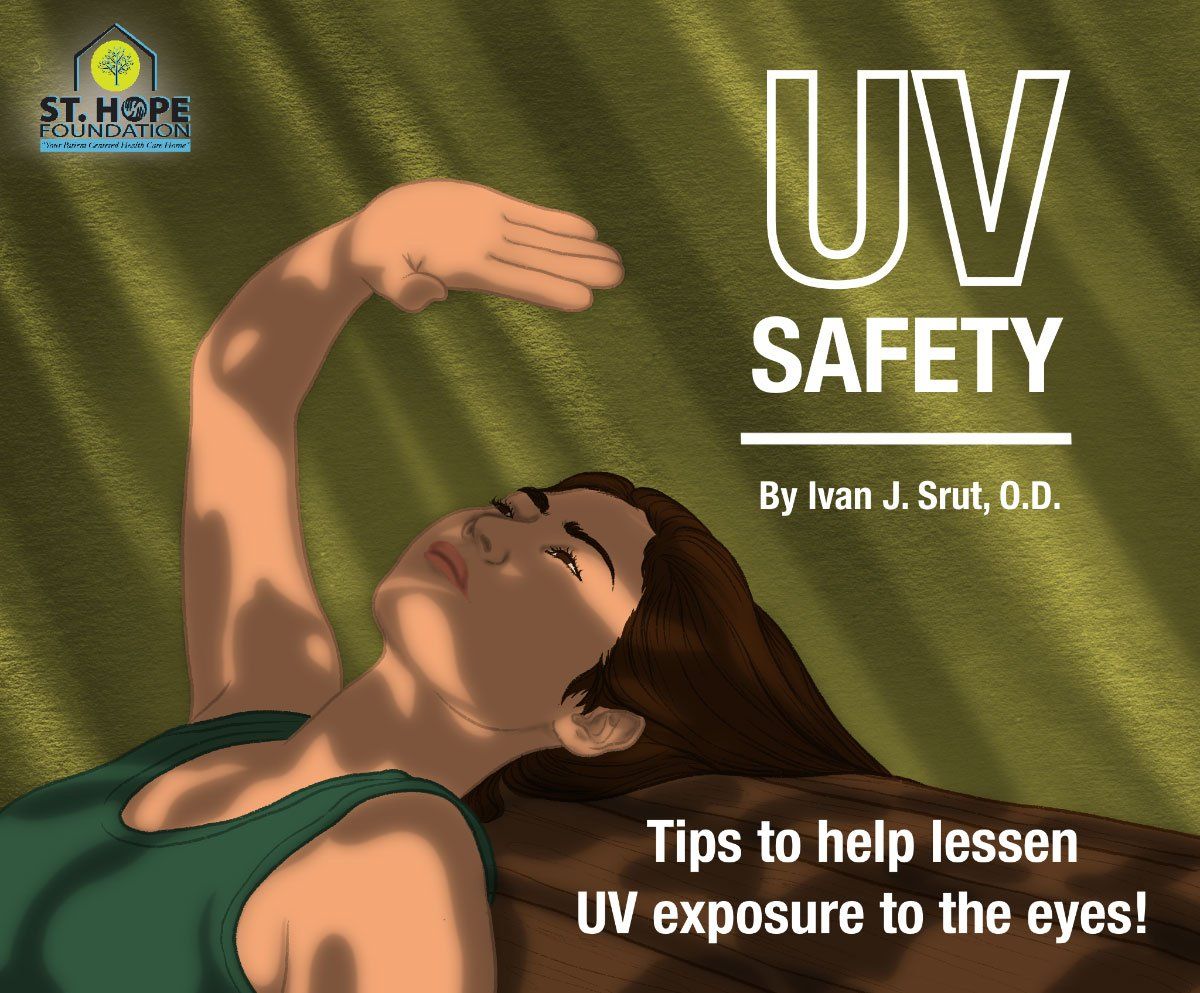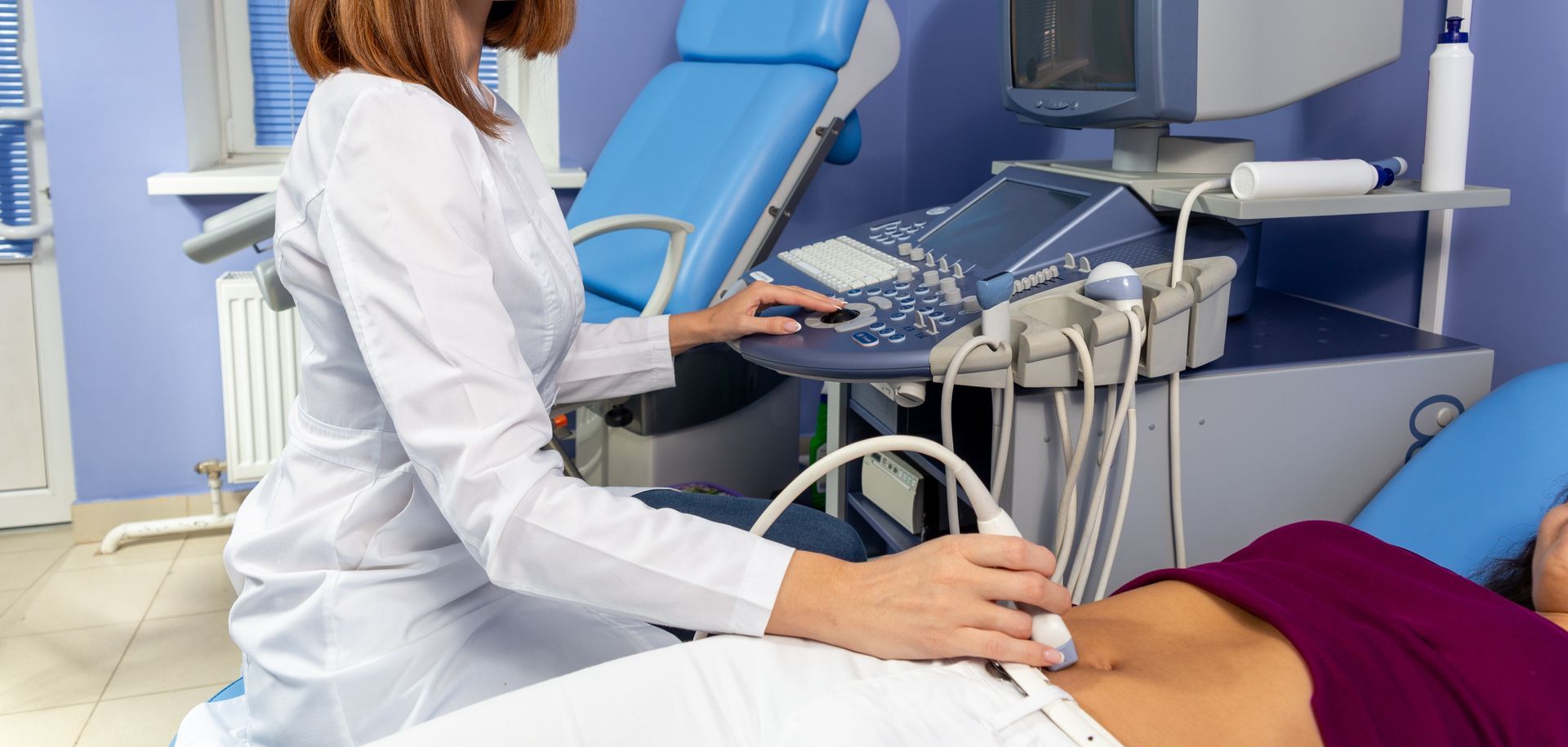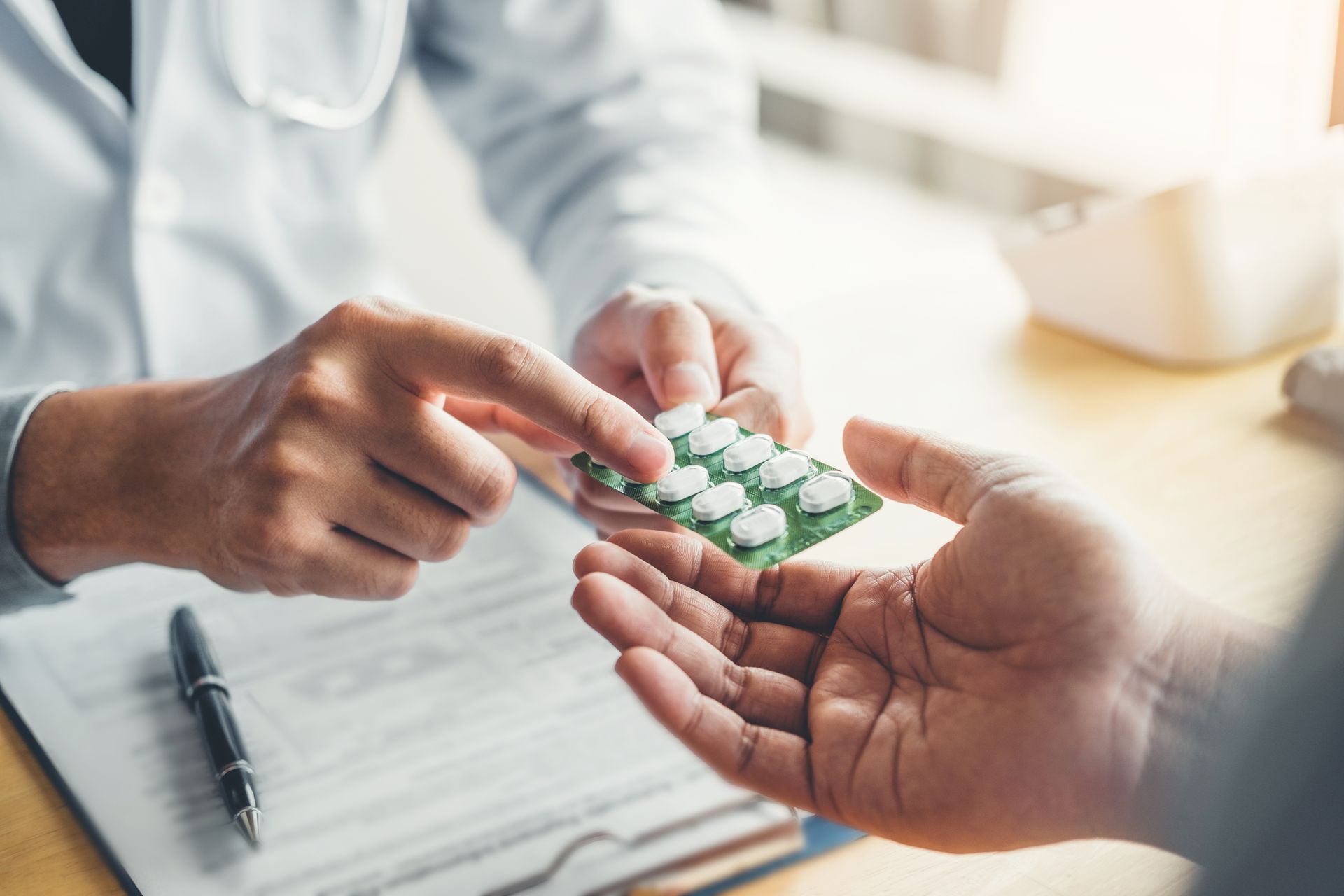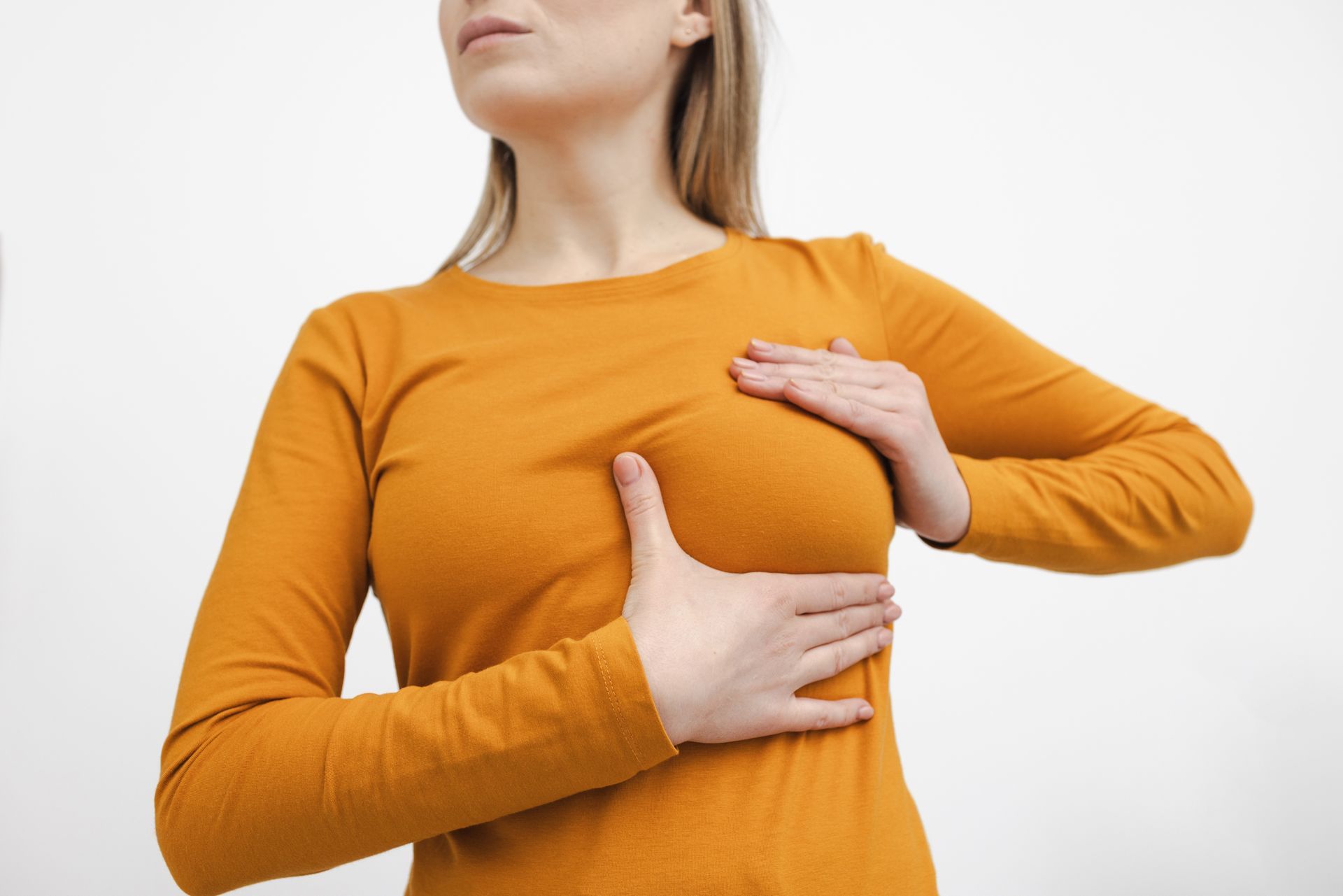Recent Posts
UV Safety

Blog by Ivan J. Srut, O.D.
Chief of Optometry for St. Hope Foundation
July 2020 is National UV Safety Month, as designated by the American Academy of Ophthalmology. As this is the time of year many of us are outside enjoying the outdoors, sunshine, vacations, the pool, and warm weather in general, it is a good time to discuss UV.
UV, or ultraviolet light, is light a naked eye can’t see, but it is still there! We already know the harm it can cause to the skin, but many people don’t consider the effects it has on the eyes! Although it is good to have some UV exposure, as it helps humans form Vitamin D and with our sleep cycle, too much can be harmful!
Exposure to UV can cause cataracts (clouding of the lens of the eye), macular degeneration (damage to the macula in the retina that causes central vision loss), solar/retinal burns (similar to macular degeneration), photokeratitis (temporary vision loss due to corneal sunburn), and pterygium (pink growths/tissue around the white part of the eye) growth. Eye cancer is also a possibility!
There are two types of UV that can damage the eyes. UV-A, which can penetrate the cornea and lens to damage the retina, and UV-B that gets absorbed by the cornea and lens. UV-B typically causes more damage over time.
Here are some tips to help with lessening UV exposure to the eyes:
- Wear sunglasses with 99% or 100% UV protection!
- Wear a broad-brimmed hat in addition to the sunglasses
- Realize that clouds do not block UV rays so sunglasses and hats need to beworn on cloudy days as well!
- Know that sunlight is strongest mid-day to early afternoon, at higher altitudes,and when it reflects off of water, ice or snow!
- Never look directly at the sun, especially during a solar eclipse, as it may cause asolar retinal burn and cause permanent damage to vision.
- Know that tanning beds create the same risk as the sun outdoors as far as UVexposure!
As stated earlier, there are benefits to sun and UV exposure, but minimizing the harmful effects on the eyes is something that we can all do!
Until next time…









